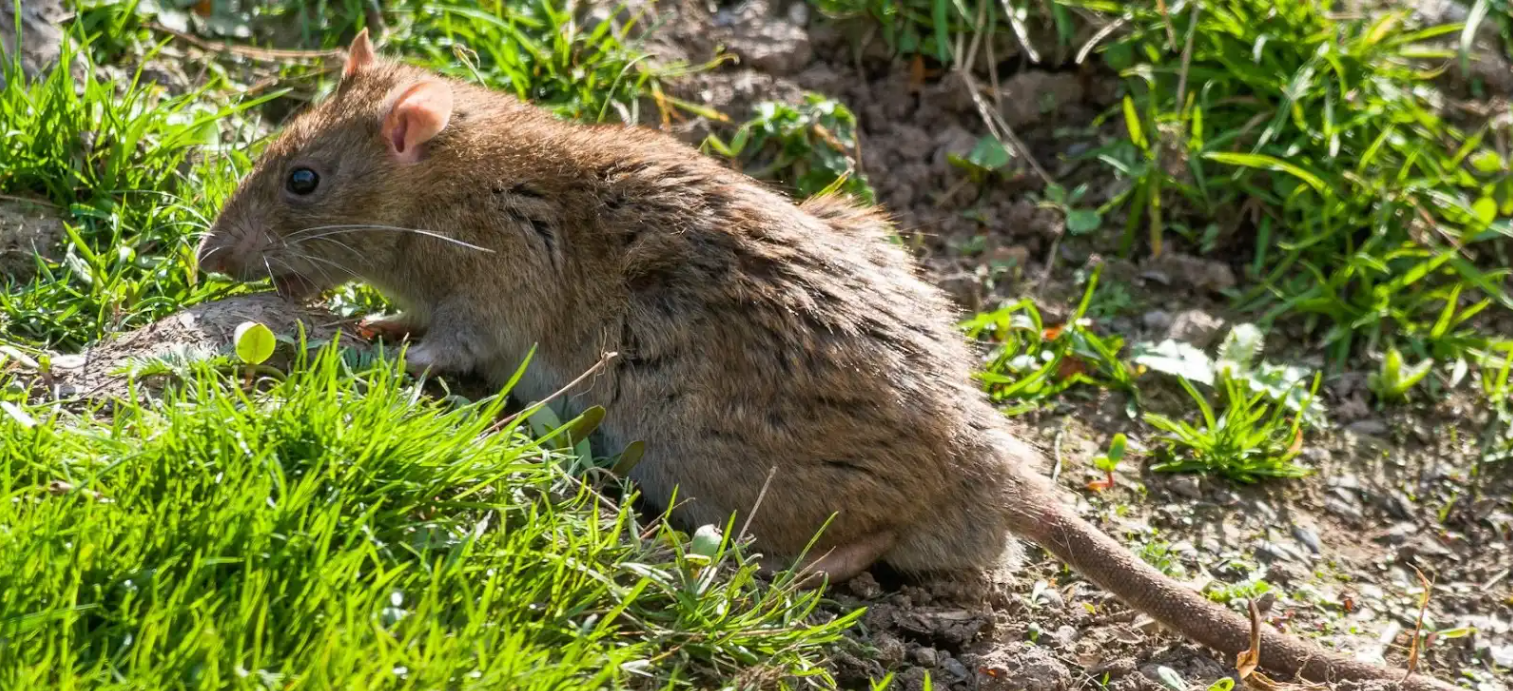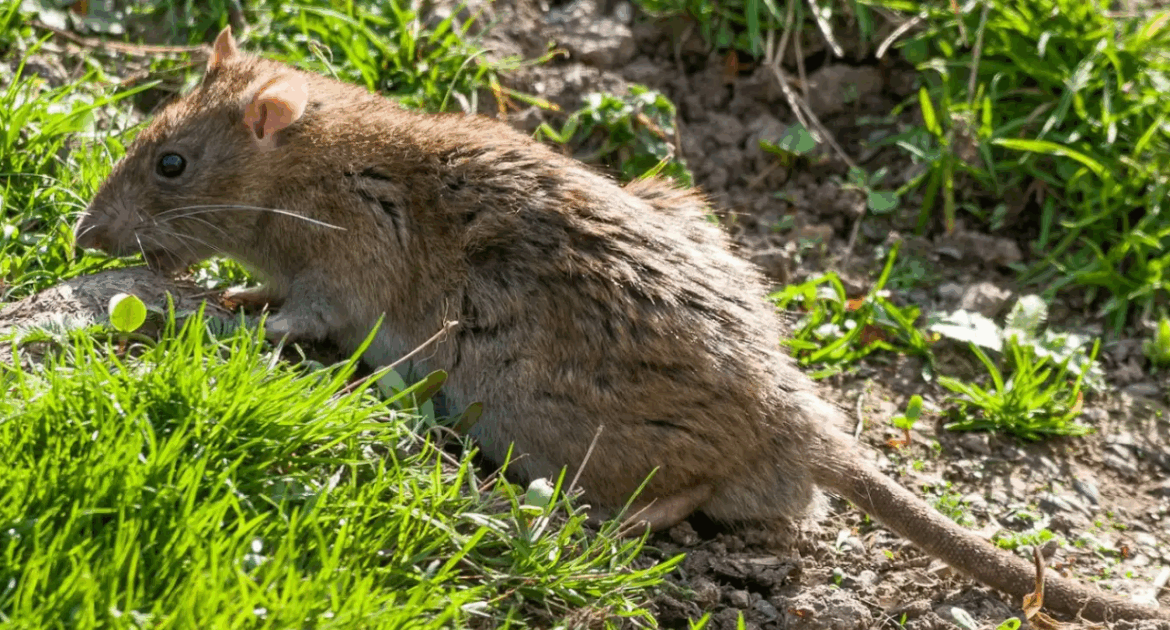It’s not uncommon for homeowners in Barrie to notice something off in their living spaces, like a strange, unpleasant smell that won’t seem to go away. If the odour is sharp, musty, or similar to ammonia, it could be a sign of rodents. Detecting rodents by smell is often one of the first clues to an infestation. Rodents, such as mice and rats, leave behind distinctive smells caused by their waste and nesting materials.
But your nose isn’t the only tool you can rely on. You can use other senses to identify rodent presence and catch the problem before it gets worse. From hearing strange sounds at night to spotting gnawed wood or droppings, rodents leave clear sensory clues behind.
Detecting rodents by smell is just the beginning. You can also rely on your sense of sight, hearing, and even touch to identify a rodent infestation. Recognizing these signs early allows you to address the issue quickly and protect your home. This article will guide you through how to use your senses to identify rodent activity and why it’s crucial to get professional help from Skedaddle Humane Wildlife Control in Barrie when needed.
Using Your Nose – Detect Rodents by Smell
One of the easiest and often earliest ways to identify a rodent infestation is through smell. When rodents move into your home, they leave traces behind, and it’s not a pleasant scent. The smell often comes from their constant urination, nesting materials, and droppings. This creates a strong smell, musky, and often compared to ammonia.
If a rodent has passed away inside your home, the smell becomes even more noticeable as decomposition sets in. Rodents love small, dark corners where the scent can intensify. Here’s where to start sniffing out clues:
- Kitchens: Check under sinks and behind appliances for unpleasant smells.
- Basements and Attics: Rodents often hide in these less-trafficked spaces.
- Wall Cavities: If you smell something strange coming from the walls, it might mean rodents are taking residence there.
Your sense of smell is one of the best ways to recognize an infestation early, but it’s not the only clue.
Using Your Eyes – Spot Visible Clues
When it comes to identifying rodent presence, your eyes are just as important. Rodents leave plenty of physical evidence behind, and knowing what to look for can make detection easier.
Here are some common visual signs of rodent activity:
- Droppings: These small, pellet-shaped droppings are a primary sign of a rodent problem. Look in places where food is stored, such as kitchen cupboards or pantries.
- Gnaw Marks: Rodent teeth are continuously growing, so they gnaw on materials to keep them in check. This often includes furniture, baseboards, and even wires.
- Nests: Keep an eye out for nests made of shredded paper, fabric, or insulation. These are usually in hidden areas like storage rooms or attics.
- Grease Marks: Rodents repeat the same paths and may leave dark smudges along walls, floors, or entryways.
Don’t dismiss these signs if you spot them. Even small signs of rodent activity are worth addressing, as these pests multiply quickly.
Using Your Ears – Listen for Strange Sounds
Rodents are much more active at night, and they’re rarely quiet. If you’ve heard odd sounds lately, your ears might be picking up on rodent infestation sensory clues. Unlike general house noises, rodent sounds tend to follow specific patterns.
Listen for the following noises, especially in the evening or early morning:
- Scratching and Rustling: These sounds are often heard in walls, ceilings, or under the floorboards.
- Squeaking: Rodents communicate through high-pitched squeaking, particularly when active.
- Scurrying: Quick movements often sound like light footsteps.
- Chewing: A crunching or scraping sound could mean rodents are gnawing on food packages or materials.
These sounds are often loudest near walls, basements, or attics. For Barrie homeowners, listening carefully can give you the next clue about who might be sharing your home.
Using Your Touch – Feel the Damage
Rodents leave clear signs of their presence through the damage they cause. You might not want to handle anything directly, but sometimes, your sense of touch can help you uncover the problem. By paying attention as you go about your daily routine, you might find clues that point to rodents in your home.
Chewed Materials
One of the most obvious signs of rodent activity is chewed items. Rodents have teeth that grow continuously, so they need to gnaw constantly to keep them worn down. This can result in noticeable damage to household items. Look for shredded fabric, torn-up papers, and even chew marks on wooden furniture or baseboards. Worse yet, rodents often chew on electrical wires, which could create a fire hazard. If you’ve noticed these types of issues, it’s likely rodents have been busy in your home.
Damaged Food Packaging
Your pantry can provide some of the clearest signs of rodent activity. Rodents love easy access to food, and they often gnaw through boxes, bags, or other packaging to get to the goods inside. Do you see small holes or chew marks on cereal boxes, bread bags, or other packaging? You might even find crumbs or spilled food where packages have been breached. This damage not only harms your supplies but also contaminates your food, making it unsafe to eat.
Soft Nests
Rodents are resourceful and gather soft materials to create nests for comfort and warmth. Shredded paper, small bits of insulation, fabric, and even stuffing from furniture or bedding are commonly used. If you come across clusters of these materials tucked into quiet corners, under furniture, or in lesser-used spaces like basements or storage areas, there’s a strong possibility you’ve found a rodent nest. These areas are often hidden well, so it’s worth checking behind boxes or in hard-to-reach spots.
Inspecting these areas and taking note of the damage gives you valuable clues about the problem at hand. Rodents multiply quickly, so each piece of evidence should motivate you to act sooner rather than later. By catching these signs early, you stop them from causing structural damage, harming your food supply, or creating an unsafe environment.
Know the Problem Signs Don’t Wait
Rodents never just come and go. Once they find a space that provides food, warmth, and comfort, they stay and breed. What might start as a simple smell or faint scratching noise can turn into a larger infestation if not dealt with.
Barrie homes are no strangers to mice and rats, especially during cooler seasons when they’re looking for shelter indoors. Detecting rodents early gives you the best chance of preventing further damage. Relying on your senses to pick up rodent clues will help you act fast to protect your home and family.
Your Solution to Rodent Problems
Noticing the signs of rodents, like gnawed furniture, foul smells, and scurrying at night, isn’t pleasant, but it’s the first step to solving the issue. Our trained team at Skedaddle Humane Wildlife Control in Barrie is here to help. Our experts use effective and humane removal methods, including one-way doors that allow rodents to leave your home but stop them from getting back in.
If you’ve smelled something foul or spotted gnaw marks and droppings, there’s no time to waste. Rodent problems don’t solve themselves, but you don’t have to tackle it alone. Rely on us to safely remove rodents and keep your home protected.
Contact us to request an estimate and take the first step towards a cleaner, healthier, rodent-free home!




